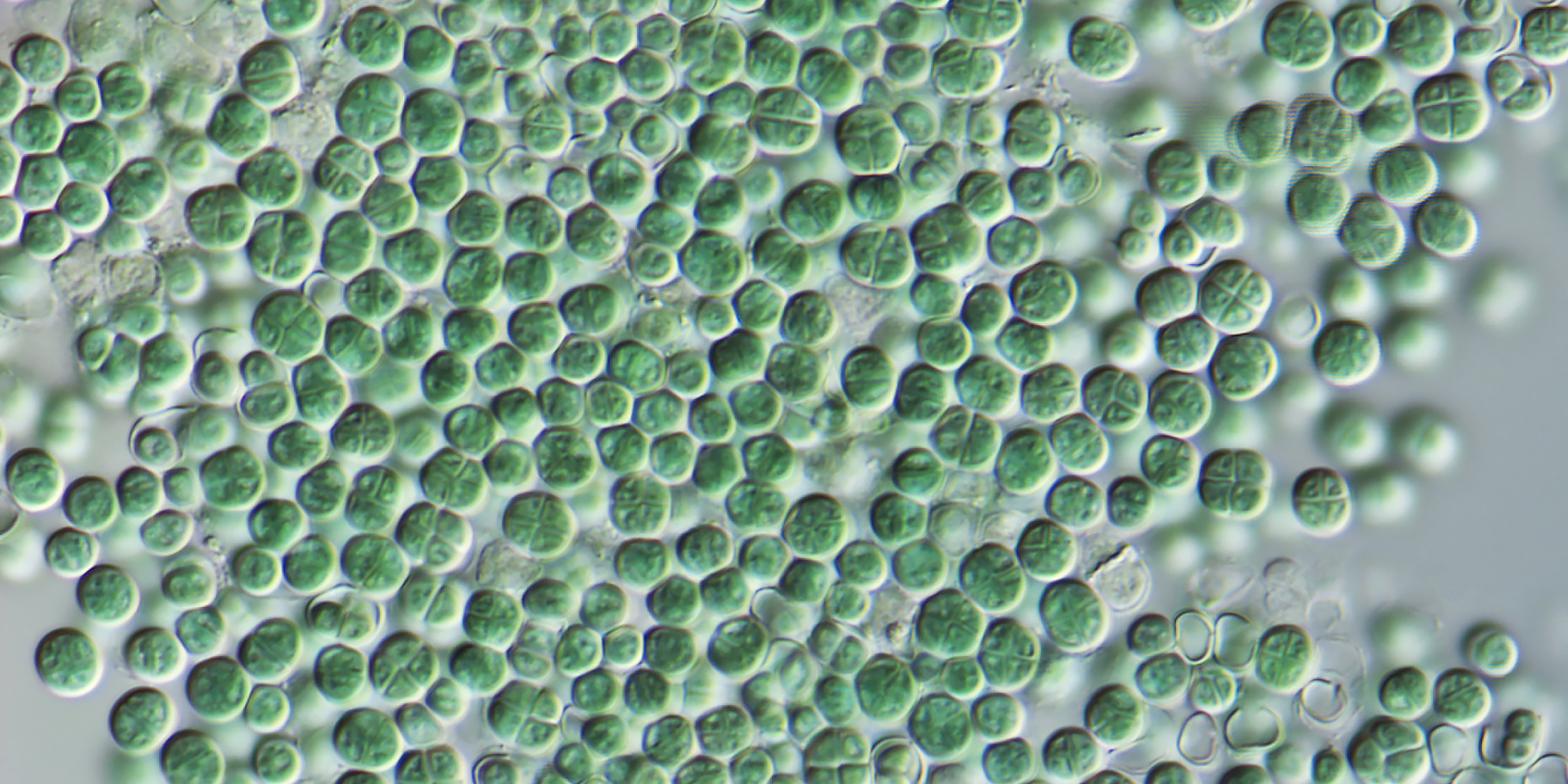Originally published 14 July 1997
Imagine the following experiment.
Remove all visible life from planet Earth.
Get rid of the elephants, tigers, apes, dogs, and cats. Birds, fish, worms, and beetles. Humans too.
Remove the plants. Trees, flowers, seaweed, grass.
Everything.
Eliminate invisible microbes in air, soil, and sea.
Then, when not an iota of living matter appears to remain, zap the surface of the Earth with a killer blast of 1,000-degree heat to kill off any organisms that managed to escape our attention.
Finally, just to be sure, boil away the sea. Scrape off every grain of loose soil down to bedrock, every particle of sediment from the ocean floor, and haul it away. Scrub the rock bare.
The planet is now sterile and dead. Life on Earth is finished. Right?
Wrong.
Earth would still harbor an amount of life perhaps as great in mass — if not as diverse — as what we got rid of. Where? In microscopic pores and fissures of the rocky crust, extending several miles below the surface. Viable bacteria have been found a mile below the surface of Washington State in bare volcanic rock. They have been recovered from two miles down in ancient sedimentary rocks of Virginia, where they have lived out of touch with surface life since the time of the dinosaurs at least. Pound for pound, there may be just as much life below the surface as above. The Earth’s crust teems with living organisms.
Surprised? So are scientists.
Solid rock may not seem a likely environment for life. But the rocky crust of the Earth is full of microscopic pores and fissures, through which water percolates. All rocks within a mile or so of the surface are saturated with water.
And the water contains bacteria.
How do bacteria survive in total darkness, cut off totally from the atmosphere and sun? By living off the internal heat of the planet. Subsurface rock is hot; the deeper you go, the hotter it gets. Deep subsurface bacteria take in carbon dioxide and water and use thermal energy to metabolize carbohydrates, releasing methane and hydrogen sulfide waste.
These organisms may even live off the rock itself, rock that is “weathered” by the water perking through it, releasing useful hydrogen.
It’s a grim sort of life, in a kind of permanent hell. Deep subsurface bacteria must survive high temperatures that would kill more familiar forms of life. They may reproduce only once a year, or even once a century, compared to the minutes or hours that are typical of their surface cousins. Deep bacteria are about as close to being dead as something can be and still be alive.
But alive they are, living out their lives at a languorous geologic pace. Brought to the surface, many subsurface bacteria can be cultured in a laboratory.
We have much more to learn about life inside the Earth. Scientists have literally only scratched the surface. We need to drill more deep holes in a variety of environments on continents and on the sea floor. We need to bring up samples of deep subsurface rock with particular care to avoid contamination by surface organisms.
How much life is down there? How does it live? What is its role in creating petroleum and mineral deposits? What role does it play in the overall ecobalance of the Earth?
Most interesting of all: Did deep bacteria migrate there from the surface, carried deep by percolating water or buried with surface sediments that became sedimentary rock? If so, then deep subsurface bacteria have been out of touch with their surface cousins for tens of thousands or even hundreds of millions of years.
Or did life begin at depth, and only later make its way to the surface? If so, then we may all be descended from bacterial troglodytes.
These are big questions, important questions, with the potential to change our understanding of life in the universe.
If life can survive in the hellish conditions that exist miles below the Earth’s surface, with a kind of slowed-down metabolism, then the odds dramatically improve for finding life in such apparently inhospitable places as the moon, Mars, or the frozen seas of Jupiter’s moon Europa.
It also becomes less difficult to imagine that the seeds of life may be cosmic, adrift in interstellar space, or carried from place to place by meteor or comet.
Perhaps Earth’s subsurface microbes were carried to Mars or Venus as passengers in rocks blasted from our planet by asteroid collisions. Or perhaps it was the other way around.
This much is sure: Life can survive under conditions of elevated temperatures and nutrient impoverishment that previously were thought to be impossible. The discovery of deep subsurface bacteria stretches our perception of the possible.
It also says something about the permanence and resiliency of life. Even if the Earth’s surface were utterly sterilized by a catastrophic asteroid impact, the explosion of a nearby supernova, or a full-scale nuclear war, the planet would go on living. The microbial gnomes that live in the pores of deep rock would migrate to the surface, adapt to sunlight and air, and start things off all over again.



